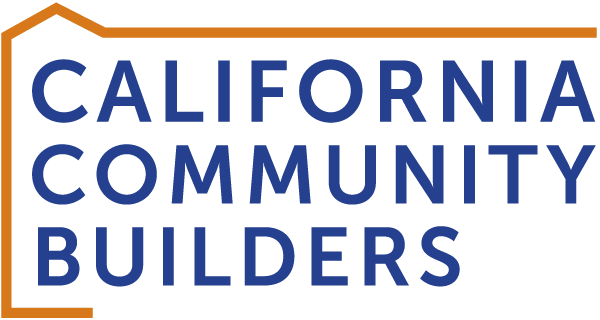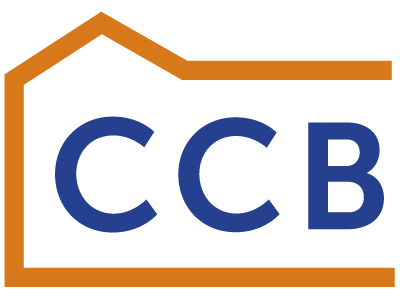California’s Legislature Takes on Homeownership: An Analysis of 2022 Homeownership Bills (PART II)
What passed and where does that leave California?
In May, we wrote about housing bills in the California Legislature that included homeownership and noted a legitimate uptick in bills which included homeownership vis-a-vis previous years. There seemed to be clear evidence that legislators weren’t just talking about homeownership and the racial wealth gap — they were writing bills to address it.
So now that the dust has cleared and the 2021-22 legislative session has come to an end, did this increase in proposed bills mean that more actual bills passed? Which homeownership bills are now on Governor Newsom’s desk awaiting a signature (or a veto)?
The short answer is that homeownership won some of its biggest battles, staking a claim in flagship funding and zoning reform bills. There was also an important step forward in regional housing finance in Los Angeles and on foreclosure prevention and Community Land Trust issues. On important issues that don’t always make headlines — construction defect legislation, small site redevelopment, mortgage lending regulation — much is still to be done in 2023 and beyond.
Major Bills
The legislature took some bold steps with its largest bills. It stood up the California Dream for All program, under which the State of California partners with prospective homeowners who need assistance with the large down payment needed to buy a house. While the original bill to create the program, SB 1457, did not advance, the program was created through SB 197/AB 197 budget acts. California Community Builders was proud to participate in the study report that informed this program. The California Housing Finance Agency (CalHFA) is charged with building this program, which has a $500 million budget allocation for the first year. The agency is currently taking public comment on how to successfully implement this program.
Homeownership also featured prominently in the flagship zoning reform bill, AB 2011 (Wicks) (1). This bill is currently awaiting the governor’s signature – or potential veto—and would allow ‘by-right’ development in certain parcels, especially underutilized commercial corridors and old shopping centers. Owned-occupied units are an eligible use for this site, both for the affordable and market-rate units
AB 2053 (Lee), the Social Housing bill which included limited-equity homeownership as a supported tenure, did not pass. Supporters have indicated they intend to bring the bill back for the 2023-24 session.
Foreclosures
Both bills designed to reform some aspect of the foreclosure process passed. AB 1837 (Bonta) will clean up a funding program for foreclosure prevention that was designed to be used by community land trusts, but which has been abused by fake nonprofits (2). AB 2170 (Grayson) will restrict bulk-sales of foreclosures and offers a brief window for tenant and nonprofit purchase in cases where large institutions foreclose on more than 175 properties in a given year.
Community Land Trusts
AB 1837 (Bonta) discussed above, was a major priority for Community Land Trusts. In addition, AB 1206 (Bennett), a bill from 2021, will extend the Welfare Tax Exemption (3) to community land trusts, and allows them to keep the exemption even when occupants' income goes up to 140% of the area median income. This bill is part of a general push to give Community Land Trusts similar rights under state law as other forms of affordable housing like deed-restricted rental housing (4).
AB 2021 (Wicks), which would have made it possible for CLTs to be included in programs which enable nonprofit housing organizations to purchase and be informed about tax-defaulted properties, did not pass. Neither did AB 2710 (Kalra), which would have created a mandatory right of first offer for tenants whose buildings are put up for sale.
Housing Finance
Legislators took some important steps on housing finance. The biggest leap was the passage of SB 679 (Kamlager), which will create LACASA, a regional housing finance agency for Los Angeles County and its jurisdictions. SB 1105 (Hueso), which would have done the same for San Diego, did not pass, but overall the momentum for regional housing finance agencies enabled to support homeownership does appear to be growing.
The remaining bills did not do as well. AB 2560 (Bonta) (5), which would have created a new financing model for local jurisdictions to turn blighted properties into homeownership opportunities for low- and moderate-income households, was held in the suspense file and did not pass. Also falling short were SB 625 (Limon) and AB 561 (Ting), which would have increased financing programs in different government agencies, the latter focused on accessory dwelling units specifically. SB 490 (Caballero), which would have funded housing acquisition and rehabilitation technical assistance programs, and included language on homeownership, was a victim of the legislative tactic called "gut-and-amend," in which its original content was stripped out and replaced by something completely different.
Budget
This year California had a massive budget, with a surplus of record proportions. California Dream for All was funded with an initial stake of $500 million, plus a planned $1 billion in following years — assuming funds are available. Traditional first-time homebuyer programs like HCD’s CalHome ($250 million) and CalHFA Homebuyers Loan Program ($2.5 billion) received ongoing funding, and pandemic-related mortgage relief ($1 billion) also received important monies.
Where homeownership gets less support in the budget is on the production side. Much more limited support is available to ensure we have enough homes for sale -- especially smaller, multifamily homeowners opportunities like condos and co-ops. Stay tuned for much more from California Community Builders on why Multifamily Homeownership is critical for California’s future -- and for closing the racial wealth gap.
Other Bills
Two small but important bills did not make it out: SB 1176 (Limon) would have initiated a study to analyze creating a statewide Community Reinvestment Act for California, which would, among other things, enable the state to fill gaps in federal regulation of non-bank mortgage lending (6). AB 919 (Grayson) would have changed the construction defect laws to make it easier to build condominiums, a major area of focus for affordable homeownership (7).
Endnotes
1/ CCB signed on in support of this bill.
2/ CCB signed on in support of this bill.
3/ The Welfare Tax Exemption is a property tax exemption for certain types of landowners, generally charities and religious institutions. It has traditionally been applied in California to non-profit landlords of deed-restricted buildings whose tenants earn less than 80% of Area Median Income, but has not been extended to CLTs.
4/ Deed restrictions are legally binding obligations that are attached to property and impact what current and future owners can do with the property. Income restrictions are a common form of deed restriction for affordable housing, as it obligates the property to be owned or rented by someone at a set income level.
5/ CCB is a co-sponsor of this bill.
6/ This will be the subject of an upcoming policy brief.
7/ Construction defect rules determine the legal liability of builders for construction defects. This particularly impacts for-sale housing, as builders can be sued by new owners.
—
This policy brief was prepared by Schafran Strategies on behalf of, and in collaboration with, California Community Builders. We welcome feedback on our publications and invite readers to reach out to Adam Briones (abriones@ccbuilders.org) to share your perspective.

